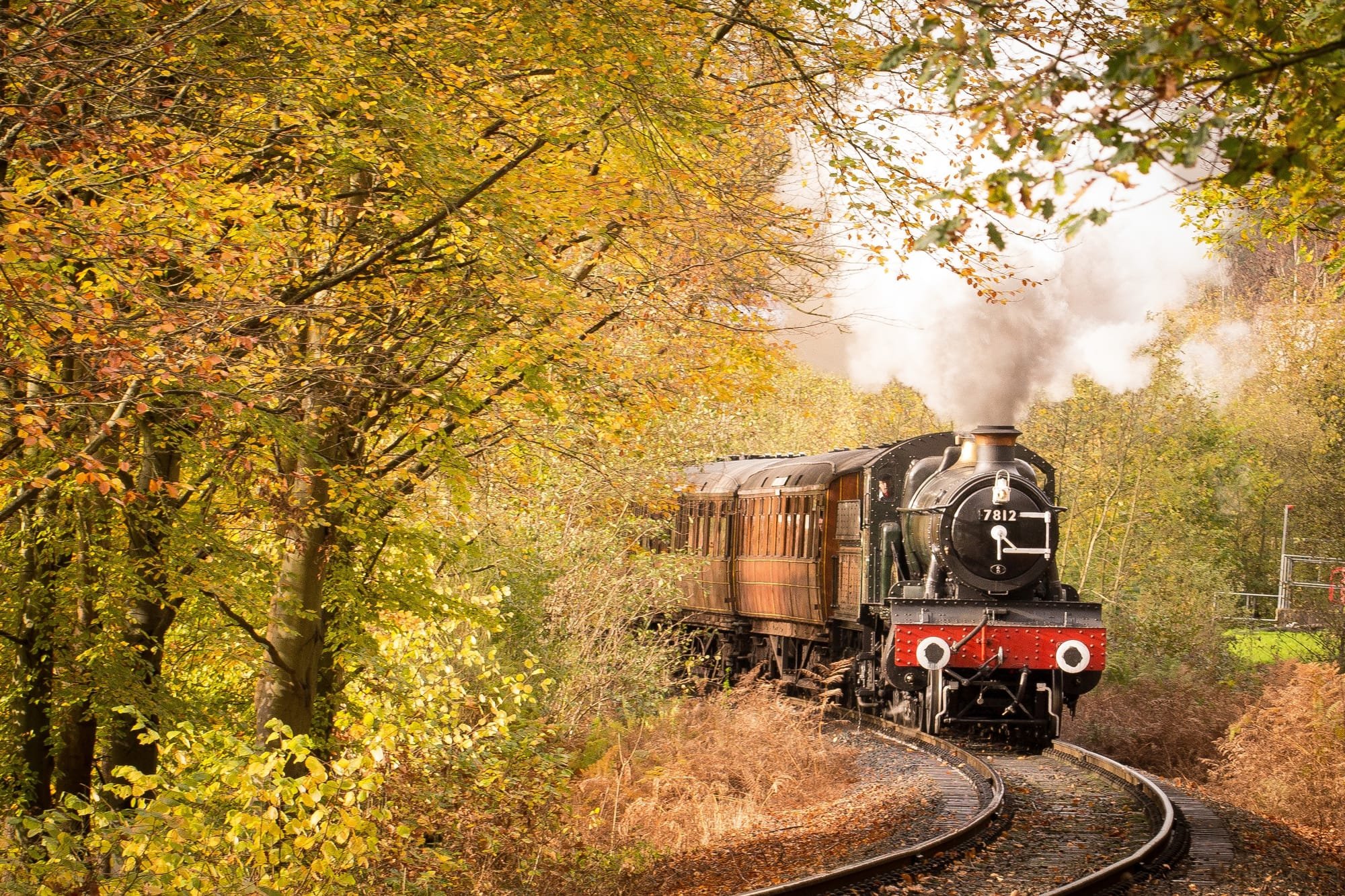The intriguing history behind Kamsack Gen Web Region

The Assiniboine [Assini-pwatuk in Cree] and Cree [Nahv-owuk]move in from the east during the 17th century. the 18th century sees a preponderance of Swamy Cree in the area, with Saulteaux [Naka-ininiwuk] migrating in from the east. The Saulteaux or Plains Ojibwa are the predominant tribal presence in the Kamsck GenWeb region today.
Treaty 4 negotiated 1874-1875 covers those indigenous peoples in the southern half of the Kamsack Gen Web region, whereas, Treaty 5 signed 1875 serves the north east of the Kamsack Gen Web area, and Treaty 6 (1876) the north western portion of the Kamsack Gen Web region.
1821, Fort Pelly makes its home in the Kamsack Gen Web region at the intersecton of four Red River Cart Trails;
- Nut Lake - Peiwei - Fort Pelly trail,
- Touchwood Hills - Fort Pelly Trail
- Fort Qu'Appelle Fort Pelly Trail
- Fort Pelly-Fort Ellice Trail.
Ethnic Bloc Settlements
The Canadian government arranged for areas of odd numbered sections to be allocated to colonization companies on the terms that the companies agree to settle a pre-determined number of immigrants thereon. The Yorkton Farmers' Colonization Company happened to be one of the most notable of these settlement companies.
Hendon and Wadena areas saw Swedish settlers, and Buchanan Norwegian immigrants.
Immigrants settling in ethnic groups shared a common language, goals, spiritual beliefs, agricultural practices, recreational, political and cultural identity. As these migrants brought their agricultural implements and knowledge of how to work the land, they settled upon soils and physical site geography similar to their homeland.
Nut Lake is also linked to Red Deer Lake, Peiwei, Fishing Lake and Touchwood Hills by trails.
A Lithuanian Jewish colony springs up around Edenbridge (Jew's Bridge) and Booksby between 1904 -1911. The Jewish families spread out farming at Maxwellton, Theodore, and Kamsack.
Bukovina, Preeceville, Dnipro were a few of the large Ukrainian rural settlements.
Where the Ukrainians settled rurally, the Danish came to urban centres such as Canora in the Kamsack Gen Web region. By 1898, 6,000 Ukrainians are settled east of Rosthern. This ethnocultural group probably had the largest outstanding contribution to the Kamsack Gen Web region.
When Churchbridge, and Langenburg (eastern area of Yorkton Gen Web region) suffered droughts, a number of Icelandic settlers "moved to Lake Manitoba or Fishing, Quill and Foam Lakes in Saskatchwean, expanding into the largest Icelandic farm colony in Canada, settled between 1891 and 1909 - around Wynyard, Kandahar, Mozart, Elfros, Kristines, Mount Hecla, Leslie, Gerald, Spy HIll, Dafoe, HOlar, and Foam Lake."(Pohorecky, 1977)
Around Carrot River a number of Mennonite churches and colonies became installed, such as Bethany with 304 adults near Lost River, Petaigan and Carrot River of the Hoffnungsfeld mennonites, and again at Carrot River of the Sommerfelder Mennonite.
Ebenezer 1897
Foam Lake received Scandinavian settlers around 1891.
Sheho Lake 1891
Theodore 1896
The Good Spirit Lake Annex established itself in 1899. This settlement later was known as the Devil's Lake Colony.
That same year, 1899, the Yorkton colony was settled.
Bibliography:
Archer, John H. Saskatchewan A History. Western Producer Prairie Books. ISBN 0-88833-6 bd, ISBN 0-88833-2 pa. Saskatchewan Archives Board. 1980
Archer, John H. North-West Rebellion 1885. Recollections, Reflecitons and Items, from the Dieary of Captain (no Lt. Col.) A. Hamlyn Todd who commanded the Guards Company of Sharpshooters on that Expedition. Saskatchewan History. Volume XV. Winter 1962. Number 1.
Archer, J.H. "Local History" Local Archives and History Conference Proceedings. Regina, Saskatchewan Archives Board, 1979. Page 11
Barry, Bill. Ukrainian People Places. Ukrainians, Germans, Mennonites, Hutterites, and Doukhobors, and the names they brought to Saskatchewan. People Places Publishing Ltd. ISBN 1-894022-65-3. 2001.
Betke, Carl. The Mounted Police and the Doukhobors in Saskatchewan, 1899-1909. Pages 1-14 Saskatchewan History Volume XXVii Winter 1974. Number 1.
Bitner, Ruth and Leslee Newman. Saskatchewan History Centennial Timeline, 1905-2005. Saskatchewan Western Development Museum. Saskatchewan Archives Board. ISBN 0-9697014-5-4. 2005.
Daschuk, J.W. , Paul Hackett, Scott MacNeil. Treaties and Tuberculosis: First Nations People in late 19th Century Western Canada, a Political and Economic Transformation. CBMH/BCHM Volume 23:2 2006 Pages 307-330
Flanagan, Thomas E. Louis Riel's Religious Beliefs. A letter to Bishop Taché. Saskatchewan History. Volume XXVII. Winter 1974. Number 1.
Fung, Ka-iu. Atlas of Saskatchewan Celebrating the Millenium 2000-2005. University of Saskatchewan Second Edition. ISBN 0-88880-387-7. PrintWest Saskatoon. 1999.
- Trading Posts. Pre 1759-Post 1930. Page 34, 35
- Waiser, Bill. Scientific Explorations 1870-1914. Page 42-43
- Barry, Bill. First Nations and Treaties 1871-1906. Page 44-45
- Avery, Cheryl and Stan Hanson. North West Mounted Police and the Indians. Page 46-47
- Anderson, Alan. Ethnic Bloc Settlements 1850s-1990s Page 56-57
- Drees, Laurie Meijer. North Missions 1820-1910. Pages 38-39
Giraud, Marcel. The Western Métis After the Insurrection. Pages 1-15. Saskatchewan History. Volume IX. Winter 1956, Number 1.
Lalonde, A.N. Colonization Companies in the 1800's. Page 101-114. Saskatchewan History Volume XXIV Autumn 1971. Number 3. Saskatchewan Archives Board.
Murray, Jean E. The Contest for the University of Saskatchewan. Pages 1-22. Saskatchewan History. Volume Xii, Winter 1959, Number 1.
Norton, William. Human Geography Sixth Edition. Oxford University Press. ISBN 978-0-19-542511-6. 2007.
Pohorecky, Zenon. Saskatchewan People A brief illustrated guide to their Ethnocultures. Second Enlarged Edition. 1977 Saskatoon. Saskatchewan Association on Human Rights, Canadian Department of the Secretary of State, and the Saskatchewan Department of Culture and Youth.
Powell, E.R. Louis Riel's Request to the Jury. Canadian Federation of the Blind Magazine. c1967
Richards, J.H. and K.I. Fung. Atlas of Saskatchewan. University of Saskatchewan. Modern Press. Saskatoon. 1969.
- McConnell, J.G. and A.R. Turner. Historical Geography. Pages 16, 17
Ward, Betty. Trek of the Doukhobors. Page 17-24. Saskatchewan History Winter 1981. Volume XXXIV. Number 1. Saskatchewan Archives Board.



